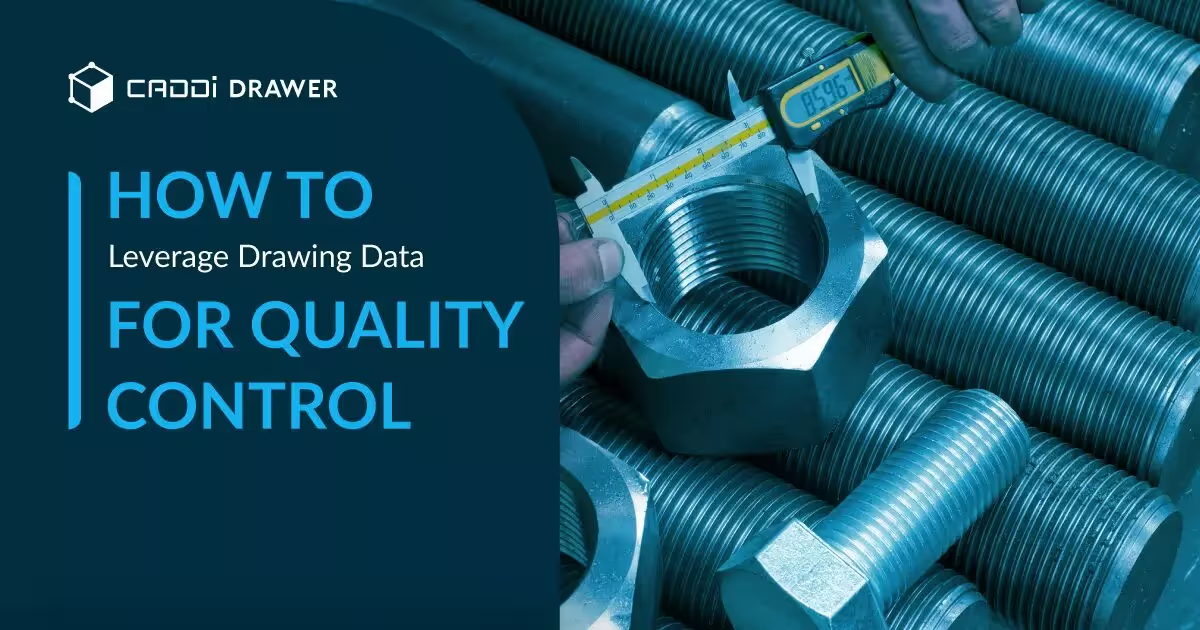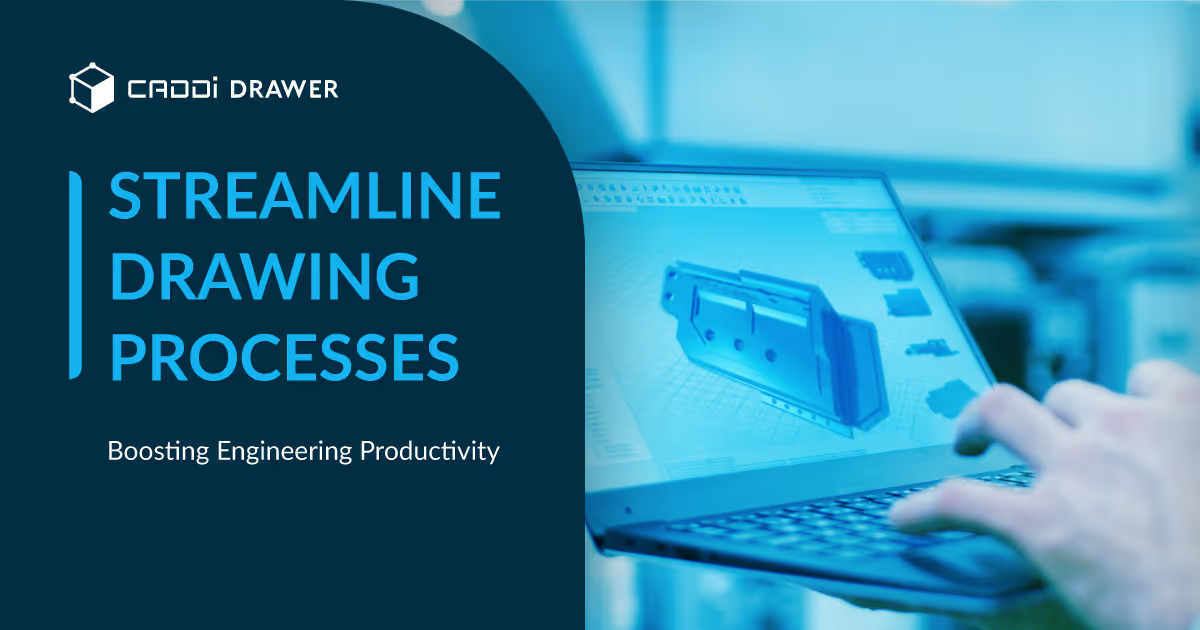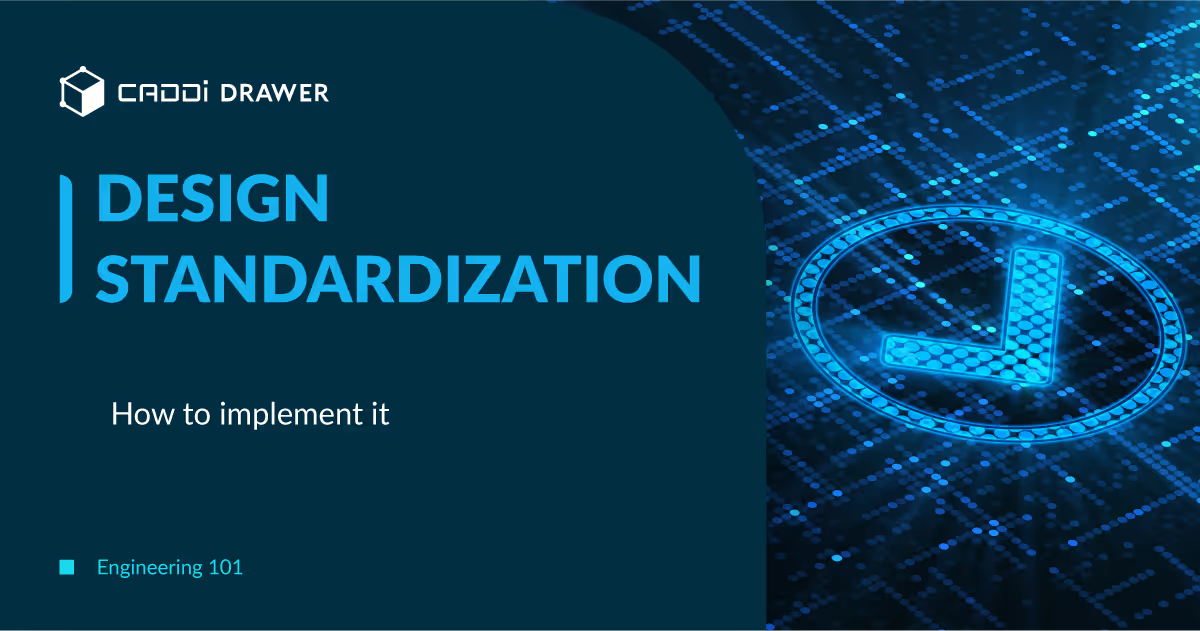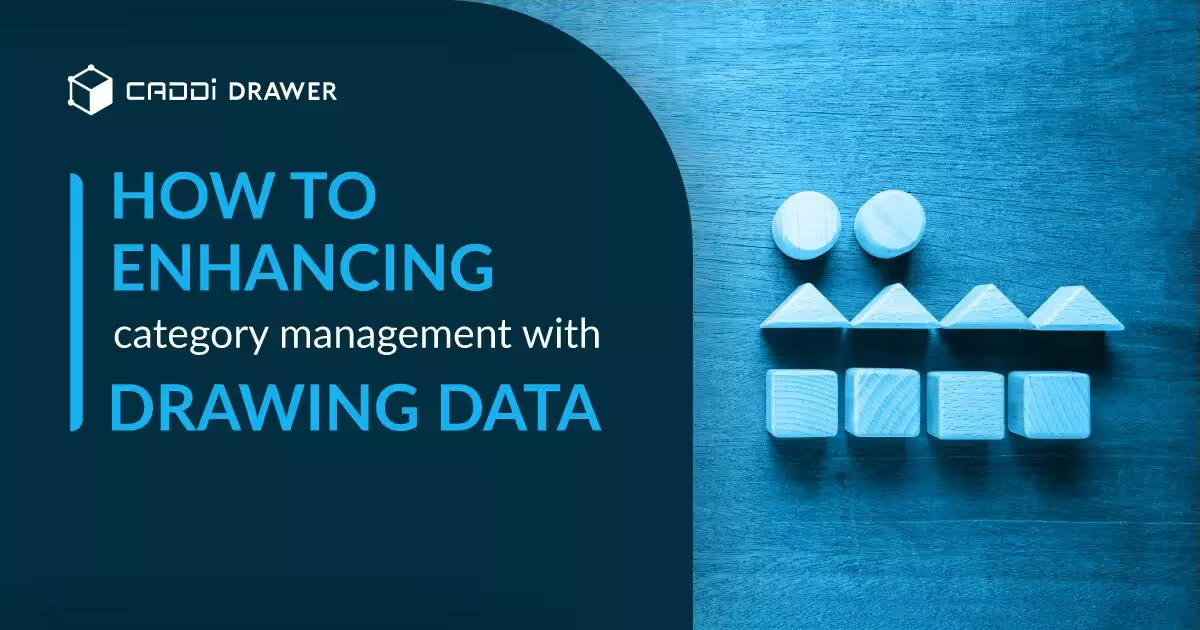What is a Manufacturing Data Lake?

Table of Contents

A manufacturing data lake is a repository that contains all your manufacturing data without requiring a specific format. Unlike a database, which organizes data in a specific way for a specific purpose, data lakes allow for open analysis across data from many sources and systems.
Manufacturing data lakes collect data from your PLM, ERP, CAD, and the rest of your manufacturing software ecosystem and consolidate it in one resource. Even though each of these systems likely produces data in different formats with different metrics, the data lake allows you to search across all of them simultaneously.
The difference between data lakes, databases, and data warehouses
Data lakes, data warehouses, and databases are all information storage systems that allow you to sort, search, and filter entries in order to gain strategic insights. The main difference between these three systems is their intent in creation and usage, and what sort of data can be accommodated by them.
Databases are the most strict in terms of data intake and specific in terms of intent. Databases are built to solve specific problems and need to be formatted in a way that can be parsed automatically by software APIs.
In a manufacturing database, you might have a machine that automatically switches settings based on the required task. The settings for each task would be stored in a database.
Data warehouses are collections of data produced by various databases, able to be cross-referenced and connected. These databases typically need to be semi-consistent with some overlapping fields and formats. Data warehouses allow you to compare data from multiple sources that have similar purposes.
In a manufacturing data warehouse, you might collect databases that describe settings and outputs for multiple different machines to reveal outliers among all machines.
Data lakes are collections of data that can come from any and every source, without any requirements for formatting, fields, or connections. This allows you to study patterns across your entire data ecosystem.
In a manufacturing data lake, you might track a part’s metrics from the price when it was ordered, the timeline of receiving it, the processes required to install it, the defect data as it runs, and more.
Why manufacturing data lakes are useful
Manufacturing data lakes can uncover insights that would be impossible to track in individual databases and warehouses. Any given part, machine, employee, or other individual resource exists in many different systems simultaneously. Rather than having to see each aspect in isolation, a manufacturing data lake allows you to get the complete interconnected picture of your entire manufacturing system. With this complete connection, a data lake can more accurately work as a digital twin for your real inventory and resources.
With this more complete picture, it’s easier to find inefficiencies and costs hidden in the gaps between other data systems. For example, you might buy a certain type of part from supplier A than supplier B because they give you the best price per part. However, their defect rate is such that you actually end up spending more money replacing parts than you saved, while supplier B’s defect rate is much lower. Only by seeing trends across quality data and price data on many similar parts from each supplier can you make this strategic insight.
What makes a good manufacturing data lake
The power of a manufacturing data lake is dependent on what links the different forms of data together. There needs to be some commonality between the fields that come from different data sources. It doesn’t need to be universally common: you can link across multiple systems in multiple different ways. For example, if one system produces data indexed by an ID number, that ID number might match up with the data from another system, but not a third. Meanwhile, the second and third systems might match up on a “name field”. Thus, through the data lake, the data from all three systems can be linked together around the same specific element.
How CADDi can help
In our above example, you need a way to connect all the data you have around a given part based on the part itself. You also need to link together data for parts with similar features and shapes, and parts from each supplier.
This can be a very difficult task, but CADDi makes it easy. Our patented technology parses drawings to allow you to link parts based on their shapes and features. This allows you to take data from any system that corresponds to a specific part, and link it with any other data from any other system that corresponds to the same part based on what the part looks like in the drawing.
Learn about what CADDi can do to create a manufacturing data lake for you by reaching out to us.
A manufacturing data lake is a repository that contains all your manufacturing data without requiring a specific format. Unlike a database, which organizes data in a specific way for a specific purpose, data lakes allow for open analysis across data from many sources and systems.
Manufacturing data lakes collect data from your PLM, ERP, CAD, and the rest of your manufacturing software ecosystem and consolidate it in one resource. Even though each of these systems likely produces data in different formats with different metrics, the data lake allows you to search across all of them simultaneously.
The difference between data lakes, databases, and data warehouses
Data lakes, data warehouses, and databases are all information storage systems that allow you to sort, search, and filter entries in order to gain strategic insights. The main difference between these three systems is their intent in creation and usage, and what sort of data can be accommodated by them.
Databases are the most strict in terms of data intake and specific in terms of intent. Databases are built to solve specific problems and need to be formatted in a way that can be parsed automatically by software APIs.
In a manufacturing database, you might have a machine that automatically switches settings based on the required task. The settings for each task would be stored in a database.
Data warehouses are collections of data produced by various databases, able to be cross-referenced and connected. These databases typically need to be semi-consistent with some overlapping fields and formats. Data warehouses allow you to compare data from multiple sources that have similar purposes.
In a manufacturing data warehouse, you might collect databases that describe settings and outputs for multiple different machines to reveal outliers among all machines.
Data lakes are collections of data that can come from any and every source, without any requirements for formatting, fields, or connections. This allows you to study patterns across your entire data ecosystem.
In a manufacturing data lake, you might track a part’s metrics from the price when it was ordered, the timeline of receiving it, the processes required to install it, the defect data as it runs, and more.
Why manufacturing data lakes are useful
Manufacturing data lakes can uncover insights that would be impossible to track in individual databases and warehouses. Any given part, machine, employee, or other individual resource exists in many different systems simultaneously. Rather than having to see each aspect in isolation, a manufacturing data lake allows you to get the complete interconnected picture of your entire manufacturing system. With this complete connection, a data lake can more accurately work as a digital twin for your real inventory and resources.
With this more complete picture, it’s easier to find inefficiencies and costs hidden in the gaps between other data systems. For example, you might buy a certain type of part from supplier A than supplier B because they give you the best price per part. However, their defect rate is such that you actually end up spending more money replacing parts than you saved, while supplier B’s defect rate is much lower. Only by seeing trends across quality data and price data on many similar parts from each supplier can you make this strategic insight.
What makes a good manufacturing data lake
The power of a manufacturing data lake is dependent on what links the different forms of data together. There needs to be some commonality between the fields that come from different data sources. It doesn’t need to be universally common: you can link across multiple systems in multiple different ways. For example, if one system produces data indexed by an ID number, that ID number might match up with the data from another system, but not a third. Meanwhile, the second and third systems might match up on a “name field”. Thus, through the data lake, the data from all three systems can be linked together around the same specific element.
How CADDi can help
In our above example, you need a way to connect all the data you have around a given part based on the part itself. You also need to link together data for parts with similar features and shapes, and parts from each supplier.
This can be a very difficult task, but CADDi makes it easy. Our patented technology parses drawings to allow you to link parts based on their shapes and features. This allows you to take data from any system that corresponds to a specific part, and link it with any other data from any other system that corresponds to the same part based on what the part looks like in the drawing.
Learn about what CADDi can do to create a manufacturing data lake for you by reaching out to us.
Ready to see CADDi Drawer in action? Get a personalized demo.
Subscribe to our Blog!
Related Resources












.svg)



.svg)
.svg)
.svg)


